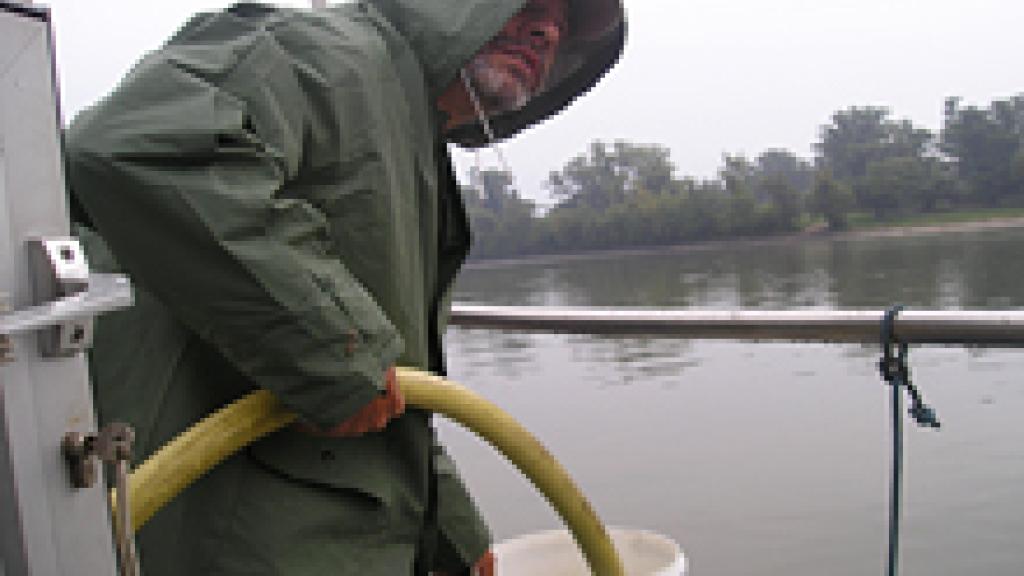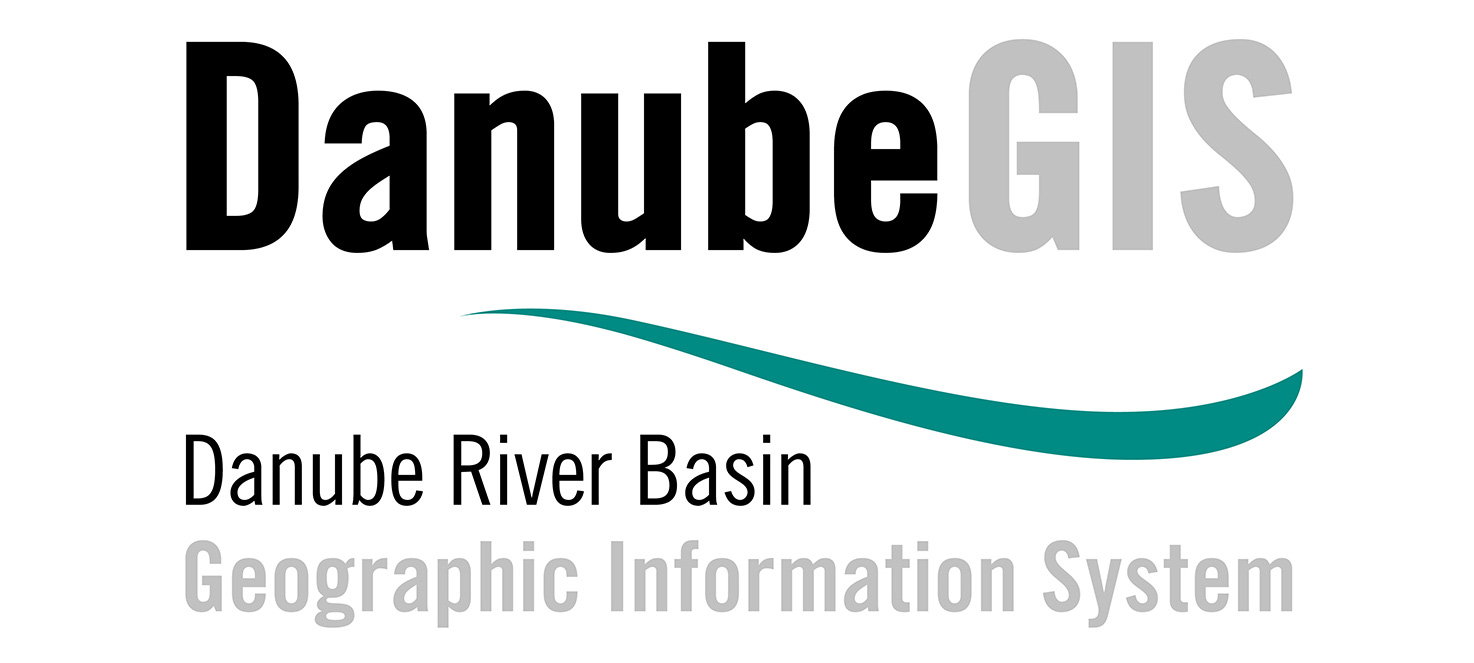AEWS - Accident Emergency Warning System
The Accident Emergency Warning System (AEWS) of the Danube River Basin is activated whenever there is a risk of transboundary water pollution, or threshold danger levels of certain hazardous substances are exceeded.

The AEWS sends international warning messages to downstream countries based on a predefined routing scheme. Details about each incident, such as time, place, involved substances, causes, observed effects, and countermeasures taken, are collected in predefined forms and are automatically translated into the recipient’s language. This helps the authorities to put environmental protection and public safety measures into action.
The system underwent a major test in 2000 during the Baia Mare and Baia Borsa spills in the Tisza River. The system effectively enabled the timely activation of measures that prevented more extensive damage to people and ecosystems downstream along the Tisza River.
The AEWS operates on a network of Principal International Alert Centres (PIACs) in each of the participating countries. These centres are made up of three basic units:
- Communication Unit (operating 24 hours a day), which sends and receives warning messages;
- Expert Unit, which evaluates the possible transboundary impact of any accident using the database of dangerous substances;
- Decision Unit, which decides when international warnings are to be sent.
The APC EG developed the International Operations Manual for PIACs of the Danube AEWS, which describes the objectives, setup, and international warning procedures of the Danube AEWS in every detail.
The first stage of the AEWS came into operation in April 1997 in Austria, Bulgaria, Czech Republic, Croatia, Germany, Hungary, Romania, Slovakia, and Slovenia. Ukraine and Moldova entered the system in 1999; and Bosnia and Herzegovina and the Republic of Serbia have been on board since 2005.
An essential improvement of AEWS was carried out in 2003/2004 with the support of the UNDP/GEF Danube Regional Project. This upgrade increased the effectiveness and cost-efficiency of the warning system by replacing satellite communication with an Internet-based information system using GSM/SMS messages to alert the PIAC staff.
After ten years of operation of the Internet-based AEWS, the experience confirmed a need for a further upgrade of the system. The new (AEWS 2.0) system was tested intensively, concluding with a large-scale test, simulating pollution scenarios in five river stretches moving downstream through several countries. The tests involved all PIACs and proved the functioning of the new system and the readiness of all PIACs to use it.
While in the original AEWS, the messages were scattered, and users had to go through all the incident messages to find the information they needed, in the upgraded system, reports can be updated with additional information while keeping everything in one incident report. In addition, the new system allows users to comment on reports and upload attachments (such as photos, maps, or spreadsheets).
The upgraded AEWS includes specific functions for transboundary incidents. If pollution moves from the first affected country to a second country and is expected to impact a third country, the second country must add its report for the same incident. All reports are collected on the same incident page, and the incident is closed only when the reports for each country have been completed.
The new AEWS has a more straightforward start page for easy navigation and highlights the relevant information and required actions for each PIAC. The report forms have been streamlined and simplified, focusing on essential information. Finally, the new system integrates a database of dangerous substances and interactive maps to display incident locations and help understand the potential impact of an incident.
The ICPDR Secretariat is operating and maintaining the Danube AEWS server. To ensure good performance and 24/7 preparedness of the Danube AEWS, regular system tests are taking place twice a year. The APC EG uses the test results to continuously improve and fine-tune the system.
Besides the testing, the AEWS has been triggered 21 times since 2014 due to a potential risk of transboundary water pollution – primarily due to oil spills.





